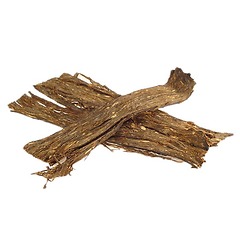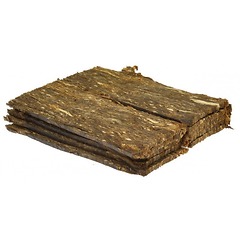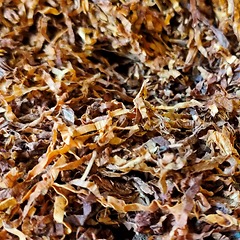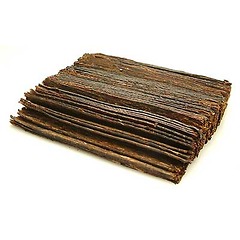Samuel Gawith
The history of Samuel Gawith Tobacco begins, interestingly, not with a Gawith at all, but an enterprising Kendalian by the name of Thomas Harrison, who aware of the popular interest and associated commercial potential of snuffs and tobaccos removed himself to Glasgow to learn the trade of snuff making. He returned to Kendal in 1792 with not only knowledge of snuff making, but also the means.
He had bought approximately 50 tons of second hand machinery, estimated to be manufactured around 1750, and transported it via packhorse to a mill at Mealbank on the river Mint, a few miles North East of the centre of Kendal. Although the building disappeared about fifty years ago some of the machinery is still intact and in day-to-day use at the Brown House. Indeed in 1965 the industrial trade magazine "Design and Components in Engineering" judged it to be the oldest piece of industrial machinery still in regular production use - "The reason we feel confident in accepting the estimate of (at least) 210 years as being the age of the machine is that the central drive bevel wheels have wedged wooden teeth. Had cast iron gear wheels been available they would most probably have been chosen as the central drive members, and since they were available about 1760 it is safe to assume that the machine dates back to about 1750".
He had bought approximately 50 tons of second hand machinery, estimated to be manufactured around 1750, and transported it via packhorse to a mill at Mealbank on the river Mint, a few miles North East of the centre of Kendal. Although the building disappeared about fifty years ago some of the machinery is still intact and in day-to-day use at the Brown House. Indeed in 1965 the industrial trade magazine "Design and Components in Engineering" judged it to be the oldest piece of industrial machinery still in regular production use - "The reason we feel confident in accepting the estimate of (at least) 210 years as being the age of the machine is that the central drive bevel wheels have wedged wooden teeth. Had cast iron gear wheels been available they would most probably have been chosen as the central drive members, and since they were available about 1760 it is safe to assume that the machine dates back to about 1750".
Order by









